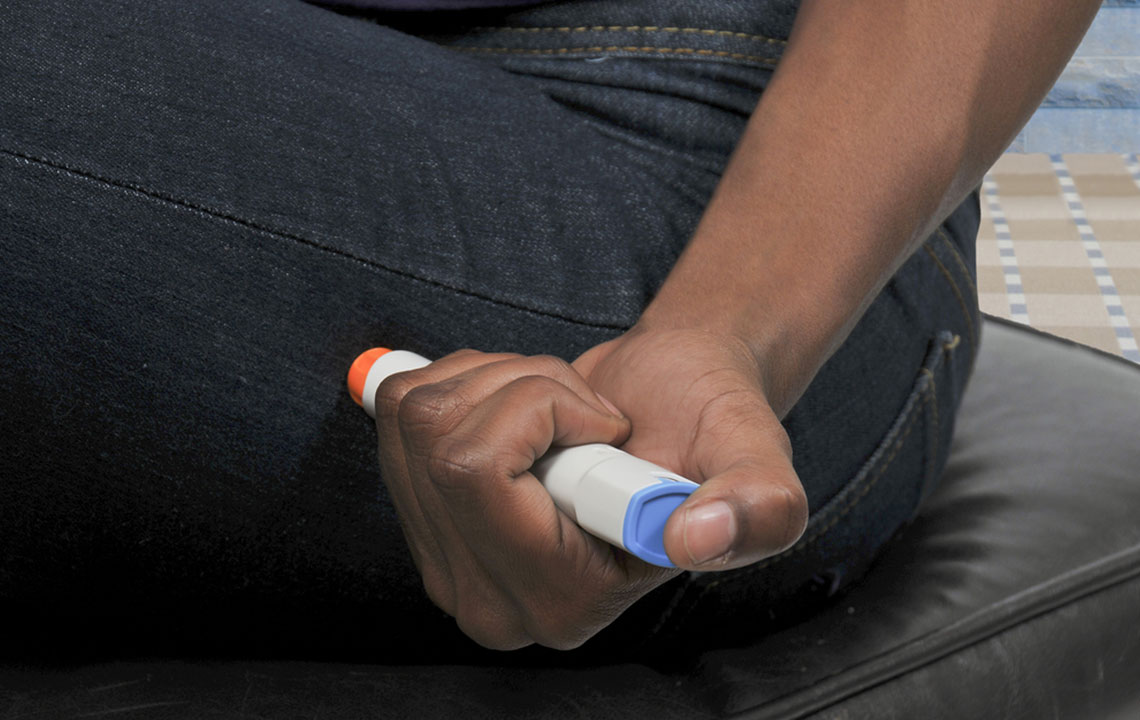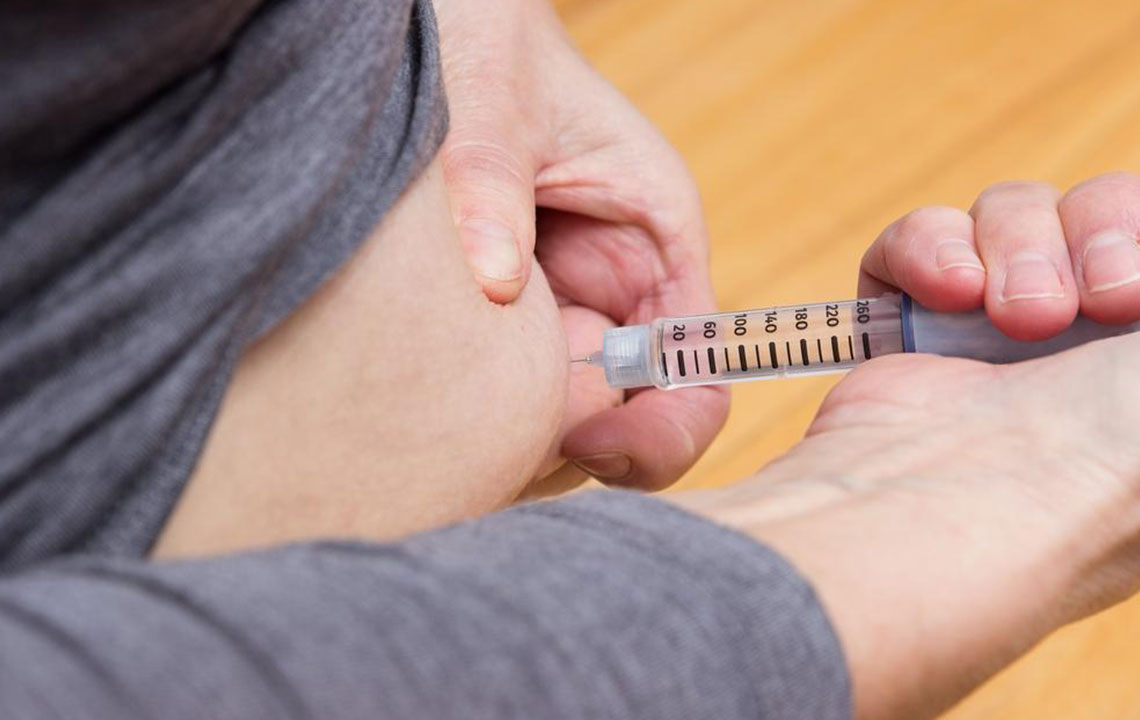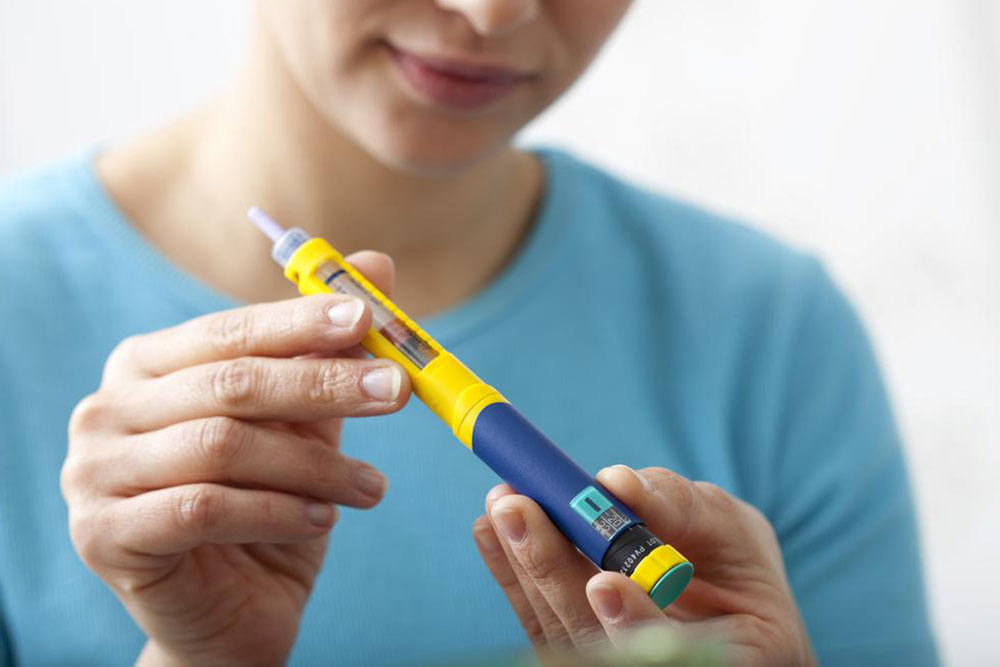Comprehensive Guide to Proper Use and Storage of Ozempic for Effective Diabetes Management
Learn all essential tips on how to properly store and administer Ozempic for optimal diabetes control. This comprehensive guide covers storage guidelines, injection techniques, and key patient considerations to ensure safe usage and maximize the medication’s effectiveness. Perfect for adults managing type 2 diabetes seeking to understand best practices for Ozempic® use and safety.

Essential Strategies for Optimal Use and Storage of Ozempic
Managing type 2 diabetes requires a multipronged approach that includes diligent blood sugar monitoring, lifestyle modifications, and sometimes medication management. As one of the advanced treatments available, Ozempic® has gained popularity among healthcare providers and patients for its effectiveness in controlling blood glucose levels. Understanding how to correctly use and store Ozempic® is crucial to ensuring its maximum efficacy and safety. In this comprehensive guide, we'll explore everything you need to know about Ozempic®, including detailed instructions on storage, injection techniques, and patient considerations.
Ozempic® is a prescription injectable medication designed specifically for adults with type 2 diabetes. It is formulated to help regulate blood sugar by mimicking natural hormones that stimulate insulin secretion and suppress glucagon, a hormone that raises blood sugar. This dual action makes Ozempic® highly effective in maintaining glycemic control and reducing the risk of complications associated with uncontrolled diabetes. It is administered once weekly via subcutaneous injection, typically using a pre-filled pen device that offers convenience and precision.
Proper Storage of Ozempic®
Initial Storage: Keep unopened Ozempic® pens refrigerated at temperatures between 36ºF to 46ºF (2°C to 8°C) until the first use. Proper refrigeration helps preserve the medication's stability and potency.
Post-Opening Storage: Once opened, the medication can be stored at room temperature—up to 77ºF (25°C)—for no longer than 56 days (8 weeks). It’s essential to protect the pen from direct sunlight, heat, and moisture during this period to prevent degradation.
Environmental Precautions: Never freeze Ozempic®. Freezing can damage the medication, rendering it ineffective. Also, avoid exposure to high temperatures or direct sunlight, which can compromise its stability.
Handling the Pen: Always cover the needle with its cap after use to prevent contamination. Remove the needle from the pen after each injection session to prevent clogging and accidental needle sticks. Discard needles safely after one use—never reuse or share needles to prevent infection and ensure dosing accuracy.
Guidelines for Safe and Effective Injection
Follow Your Healthcare Provider’s Instructions: Always adhere strictly to the dosing schedule prescribed by your healthcare professional. Do not alter the dose without consulting your provider.
Learn Proper Injection Technique: Carefully read the medication guide provided with your Ozempic® pen. If you are unsure about the injection process, seek assistance from a trained healthcare provider or nurse.
Injection Sites: Rotate injection sites to avoid lipodystrophy—a condition where fat tissues under the skin become thickened or thinned. Common sites include the abdomen, thigh, or upper arm. Inject in the subcutaneous tissue, just below the skin surface.
Inspect the Medication: Before administration, check the solution. It should appear clear and colorless. Do not use if it is cloudy, discolored, or contains particles.
Important Patient Considerations and Precautions
Pre-Pregnancy and Pregnancy: If you are pregnant, planning to become pregnant, or breastfeeding, consult your doctor thoroughly. The safety of Ozempic® during pregnancy has not been fully established, and alternative treatments may be recommended.
Managing Side Effects: Mild gastrointestinal symptoms such as nausea, vomiting, diarrhea, or constipation are common initially but often improve over time. If these symptoms persist or worsen, speak with your healthcare provider.
Recognizing Serious Symptoms: Be alert for unusual reactions such as a lump in the neck, persistent hoarseness, or difficulty swallowing, which may indicate thyroid issues. Symptoms of pancreatitis, including severe abdominal pain, nausea, or vomiting, require immediate medical attention.
Discontinuation and Medical Attention: If you experience symptoms of severe side effects, or if you suspect pancreatitis or other serious adverse reactions, stop using Ozempic® and seek medical care immediately.
In summary, Ozempic® can be a powerful tool in managing type 2 diabetes when used correctly. Proper storage ensures the medication maintains its effectiveness, while correct injection techniques maximize therapeutic benefits. Regular consultation with healthcare professionals, adherence to prescribed doses, and vigilant monitoring for side effects are vital components of safe and effective therapy. Educating yourself thoroughly about Ozempic® use and storage can dramatically improve treatment outcomes and help you maintain optimal blood glucose control in your journey toward better health.





